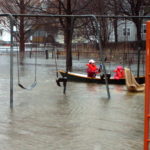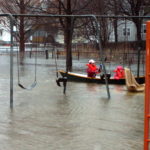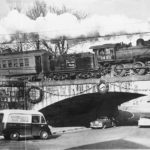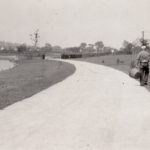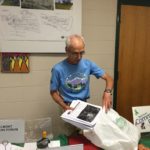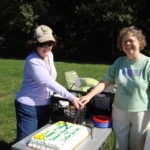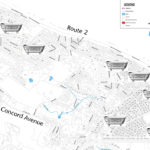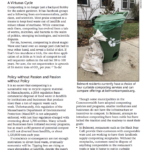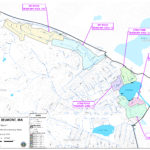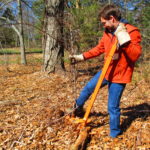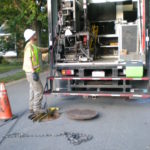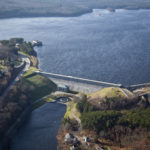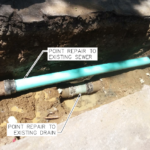
By Florence DiTirro The National Land Cover Database from 2001 estimated Belmont’s tree canopy was 27% of Belmont’s land. From 2003 to 2008, Boston’s urban tree cover declined from 29% to 28%. This downward trend continues if we look at our state, our country, and our globe. The Massachusetts urban tree cover declined between 0.32% and 0.24% in the five years from 2009 to 2014, and the United States overall lost 1.0% of urban tree cover. Global loss was measured as -0.2%. It’s a sad state that we are losing our trees. What is there not to like about trees? [READ MORE]


